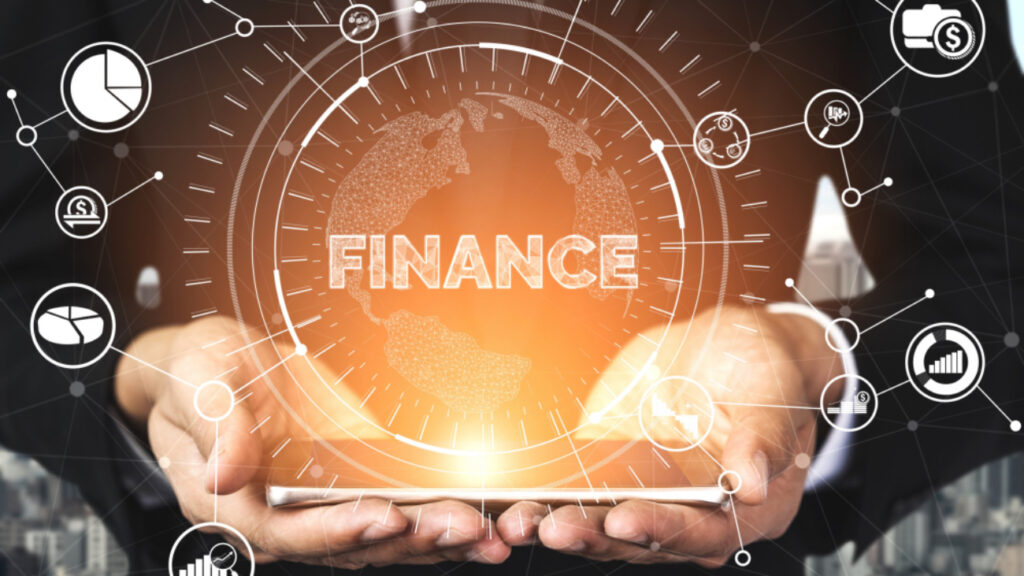“Asset Tokenization” the conversion of physical or financial assets into digital tokens on blockchain networks offers stated Bahaa Abdul Hussein. With asset tokenization, markets would be revolutionized – ownership easier for more people to acquire, transactions faster and assets more liquid.
However, beneath this exciting innovation is the complex legal and regulatory landscape that must be negotiated carefully before tokenization takes its full potential. Essentially, asset tokenization challenges what people have used as three major starting points: ownership, securities, and compliance.
Tokens can represent anything from real estate to equity shares, fine art and commodities. The legal classification of such tokens varies widely by jurisdiction and will determine what rights are available for protection in case something goes wrong with an investment.
Understanding the Legal Nature of Tokens
A critical first step is determining whether a token constitutes a security, utility token, or another category entirely. Security tokens generally represent investment contracts or ownership stakes and thus fall under securities regulations designed to prevent fraud and ensure transparency.
- Many jurisdictions apply established securities laws to token offerings to ensure investor protection.
- Utility tokens, often granting access to a platform or service, may be regulated differently but still face scrutiny.
- The classification impacts disclosure requirements, investor eligibility, and secondary market trading rules.
Without clear classification, token issuers risk regulatory penalties or restrictions that can stall projects or cause market uncertainty.
Navigating Compliance and Regulatory Frameworks
Regulatory bodies emphasize anti-money laundering (AML) and know your customer (KYC) protocols to prevent illicit activities on token platforms. Embedding compliance into token sales and trading platforms is becoming standard practice.
- Automated KYC/AML checks can be integrated via smart contracts to ensure only verified participants engage in transactions.
- Regulators expect transparency in token issuance, including clear documentation on risks and rights.
- Licensing requirements may apply to exchanges and custodians handling tokenized assets.
Several countries have pioneered regulatory sandboxes, controlled environments where token projects can test offerings under relaxed rules while working closely with authorities. These initiatives aim to balance innovation with oversight.
Cross Border Challenges and Jurisdictional Complexities
Because tokenization enables global participation, it introduces complexities when investors and issuers span multiple countries. Jurisdictional conflicts arise over which regulations apply, complicating legal compliance.
- Token issuers must understand cross border securities laws and tax implications.
- Some countries have banned or restricted certain types of token offerings, requiring geographic compliance filters.
- Harmonization efforts are underway, but regulatory fragmentation remains a challenge.
Successful token projects often adopt hybrid legal structures that combine traditional legal agreements with blockchain based token contracts to bridge gaps between on chain and off chain realities.
Investor Protections and Market Integrity
Ensuring investor confidence is paramount. Regulators demand mechanisms to prevent fraud, market manipulation, and ensure fair disclosure.
- Smart contracts can embed compliance and governance rules, but they must align with legal standards.
- Transparency through blockchain audit trails aids regulators and investors alike.
- Dispute resolution mechanisms remain underdeveloped in many jurisdictions, requiring further innovation.
The Road Ahead: Evolving Regulations and Industry Collaboration
Legal clarity around asset tokenization is improving but remains a work in progress. Governments, industry consortia, and blockchain advocates are collaborating to shape frameworks that enable growth while mitigating risks.
- The EU’s Markets in Crypto Assets (MiCA) regulation aims to create unified rules across member states.
- The U.S. Securities and Exchange Commission (SEC) continues to clarify its stance on token classifications.
- International bodies like IOSCO are fostering dialogue to harmonize standards.
As regulatory environments mature, token issuers and investors will benefit from clearer guidance, reduced risks, and enhanced market participation.
Conclusion
Asset tokenization is a large idea, offering the chance to unlock liquidity, give investing a democratic twist, and construct fresh financial ecosystems. What demands scrutiny is how to square all the pioneering technology of the blockchain with sound legal structures that do not unduly crush the ambitions of any party involved. Those who rightly negotiate this changing terrain will shape not only tomorrow’s money markets but also usher in a Time of respectable, open and efficient second-generation finance. The article has been authored by Bahaa Abdul Hussein and has been published by the editorial board of Fintek Diary. For more information, please visit www.fintekdiary.com.








